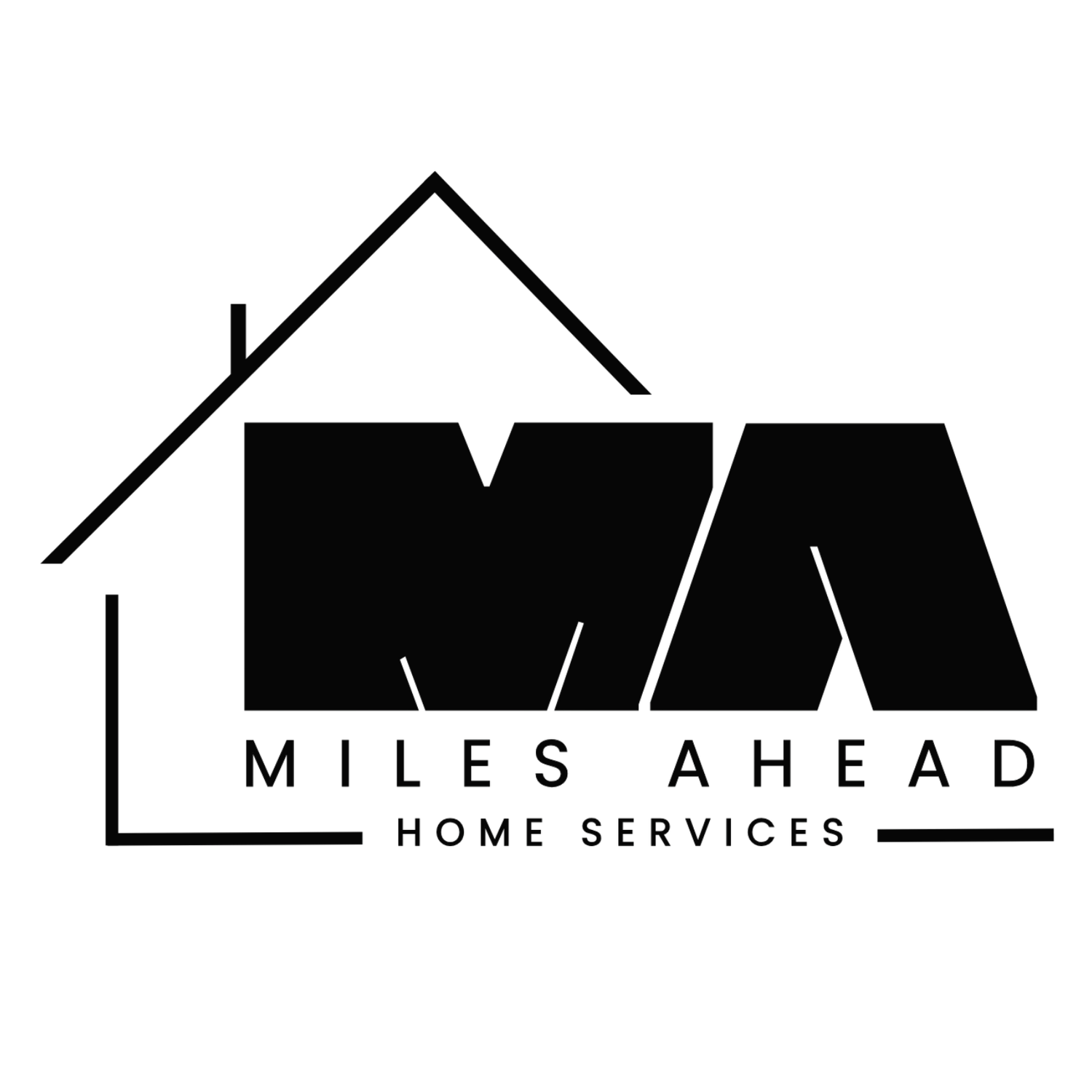FAQ
Whether you're buying a home or maintaining the one you already own, plumbing problems can quickly turn into expensive headaches. At Miles Ahead Home Services, we believe in prevention, education, and peace of mind. These FAQs cover the most common questions we get about sewer inspections and drain cleaning—so you know what to expect, what to look for, and when to call in the pros.
For Homebuyers: Sewer Inspections Before You Buy
Why should I get a sewer inspection before buying a home?
A sewer inspection can reveal hidden issues like tree root intrusion, broken or sagging pipes, or blockages that aren’t visible during a standard home inspection. These problems can lead to costly repairs down the line, so knowing the condition of the sewer line gives you peace of mind and negotiating power before closing.
Is a sewer inspection included in a regular home inspection?
No. Most home inspectors don’t inspect sewer lines because they require specialized cameras and equipment. A sewer scope is a separate service performed by professionals trained in identifying underground plumbing issues.
What does a sewer inspection involve?
We use a specialized camera to look inside your home’s main sewer line. This allows us to check for cracks, root damage, blockages, or other structural issues. You’ll receive a video recording and a summary report of our findings.
What kinds of issues can be found in the sewer line?
Common issues include: Tree root intrusion Collapsed or broken pipes Offset joints or sagging sections (bellies) Grease or debris blockages Old or deteriorated piping (e.g., clay or Orangeburg)
How much could sewer repairs cost if I skip the inspection?
Repairing or replacing a main sewer line can cost thousands—often $5,000 to $20,000 or more—depending on the extent of the damage. Spending a few hundred dollars on a sewer inspection can save you from a major unexpected expense.
Do all homes need a sewer inspection, or just older ones?
While older homes are more likely to have issues, even newer homes can have sewer line problems from poor installation, settling, or construction debris. We recommend a sewer inspection for any home, new or old.
Who pays for the sewer inspection—me or the seller?
Typically, the buyer pays for the inspection during the due diligence period, but if issues are found, the cost of repairs can be negotiated with the seller before closing.
For Homeowners: Maintenance, Drain Cleaning & Ongoing Care
How often should I get my sewer line inspected?
We recommend a check every 2–3 years, especially for older homes or those with lots of trees nearby.
What's the difference between snaking and hydro jetting?
Snaking breaks through blockages with a cable; hydro jetting uses high-pressure water to thoroughly clean the pipe walls—perfect for grease and roots.
What are signs I need professional drain cleaning?
Gurgling sounds, slow drains, foul smells, frequent clogs, or water backing up into tubs or sinks all suggest it's time to call us.
Is chemical drain cleaner safe?
We don’t recommend it. It can corrode your pipes over time and only provides temporary relief. Professional cleaning is safer and more effective.
How can I prevent clogs in the first place?
Use drain screens, avoid grease in the sink, flush only toilet paper, and schedule regular maintenance—especially if you have trees near your sewer line.
